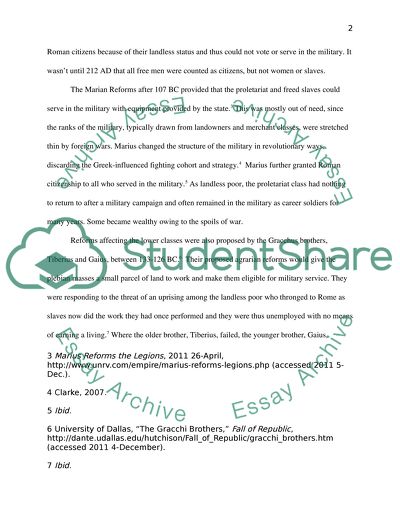Cite this document
(“Daily Life in Ancient Rome Research Paper Example | Topics and Well Written Essays - 2000 words”, n.d.)
Retrieved from https://studentshare.org/history/1439315-daily-life-in-ancient-rome
Retrieved from https://studentshare.org/history/1439315-daily-life-in-ancient-rome
(Daily Life in Ancient Rome Research Paper Example | Topics and Well Written Essays - 2000 Words)
https://studentshare.org/history/1439315-daily-life-in-ancient-rome.
https://studentshare.org/history/1439315-daily-life-in-ancient-rome.
“Daily Life in Ancient Rome Research Paper Example | Topics and Well Written Essays - 2000 Words”, n.d. https://studentshare.org/history/1439315-daily-life-in-ancient-rome.


